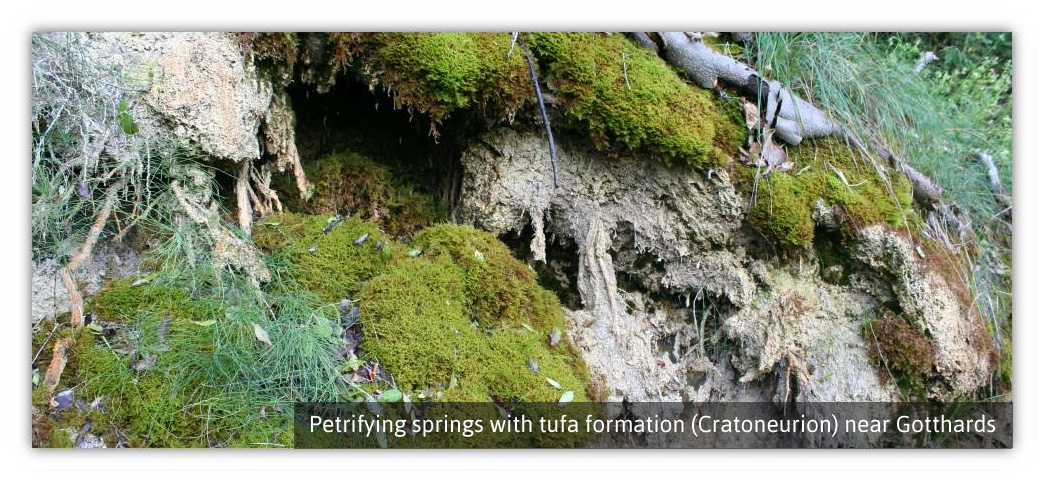
Legal Basis
According to § 30 Sect. 2 No. 2 of the Gesetz über Naturschutz und Landschaftspflege (Bundesnaturschutzgesetz – BnatSchG) (Law about Nature Protection and Landscape Conservation (Federal Law for Nature Conservation)), spring areas are biotopes protected by law. Activities, which might cause the destruction or other serious disturbances of protected biotopes, are forbidden. According to § 30 Sect. 3 BnatSchG, an exemption from the interdiction in Sect. 2 is possible on request, if a compensation of the disturbances is possible. With spring biotopes, such a compensation is impossible, since a spring cannot be relocated or reconstructed in a different place.
The Council Directive 92/43/EEC of 21 May 1992 on the conservation of natural habitats and of wild fauna and flora (fauna and flora directive) formulates the aim to preserve the biological diversity in Europe. This shall be archieved – besides specific measurements for the protection of individual species – especially by the setup of a europe-wide net of protected areas (Natura 2000). This net is composed of FFH-areas and EU-bird protection areas. Through Natura 2000, natural and semi-natural habitats shall be preserved and if necessary developed, and threatened wild animals and plants be protected. One of the especially protected habitats are petrifying springs with tufa formation (Cratoneurion). The habitat type 7220 encompasses seepage, stream or pool springs with active formation of travertine or tufa. These formations are found in such diverse environments as forests or open countryside.


